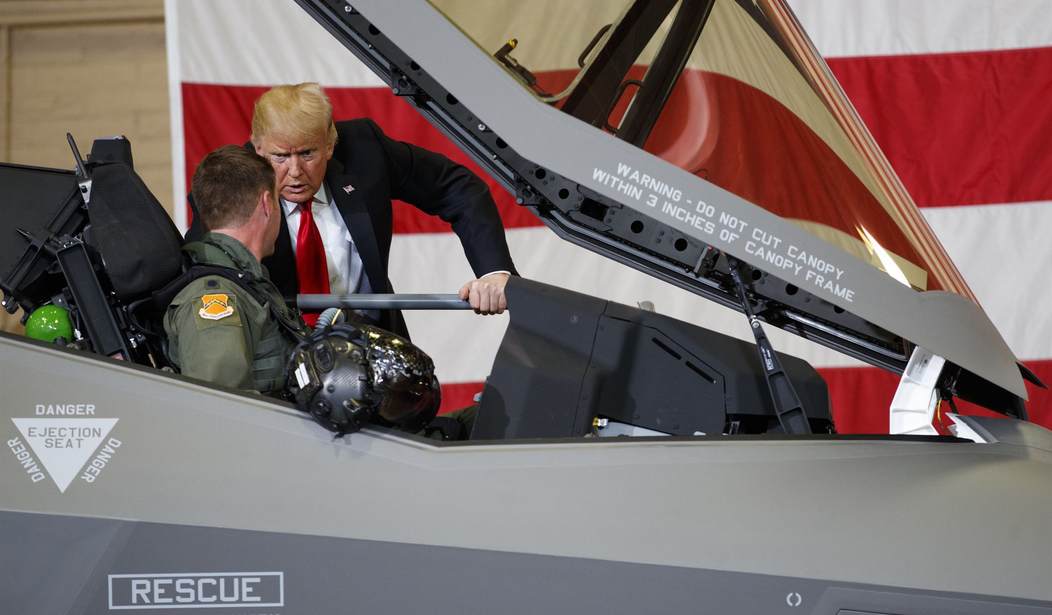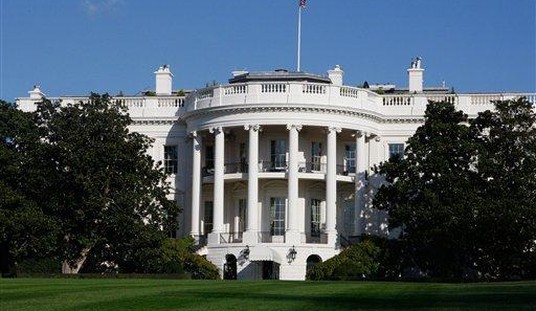The federal budget is a mess right now. With the federal spending spree intended to respond to the coronavirus economic recession looking like it is in the rear-view mirror, now is the time to find savings and to reorganize the whole federal budget to eliminate excessive spending.
The current financial situation of the federal government is scary, and debt is exploding. The Wall Street Journal reported on June 8, 2020, “the U.S. budget gap more than doubled in May, pushing the deficit for the fiscal year to near $2 trillion, as federal revenues plunged, and government spending soared to help combat the coronavirus pandemic.” They reported that the “federal deficit last month widened to $424 billion, more than twice what it was in May 2019, the Congressional Budget Office (CBO) estimated Monday” and the CBO indicated that “for the first eight months of the fiscal year, which began in October, the deficit totaled $1.9 trillion, compared with $739 billion in the same period a year earlier.” The deficit may hit over $3 trillion for this year alone and the debt accumulated over the history of this nation stands at almost $26 trillion. These numbers indicate that the next big crisis in the U.S. may be a debt crisis that threatens the future of this nation.
When you dig into the numbers, savings are available. The White House budget proposal for next year is $4.8 trillion, but that was before the coronavirus government response. Spending next year likely will exceed that number. The CBO estimated $3.9 trillion debt for this year alone and a likely $2.1 trillion in debt for next year. There are thousands of line items that could be studied and cut back, if not eliminated, like the smaller items listed in Senator Rand Paul’s (R-KY) Waste Report for 2019 that listed $2 million for aid to increase trust between Tunisian political parties and citizens, $2.1 billion to convert an abandoned mental hospital into DHS HQ, and $10 million to support Green Growth in ….. Peru. Those are items that are low hanging fruit and easy to cut, yet when you look at the big-ticket items of federal spending there are opportunities for big savings in the budget.
Recommended
According to the Pentagon, the proposal by the White House for the defense budget for the next year was $740.5 billion with some opportunities for reforms and cuts. Popular Mechanics reported on June 4, 2018 in a story titled “Why the Pentagon Doesn’t Know How Much Anything Costs,” identified a number of problems with the Pentagon budget. They found one big problem and reported “at $1.1 trillion, the F-35 Joint Strike Fighter is the most expensive weapons development program in U.S. history” and “a big mistake was rosy thinking about how to build it.” The Pentagon was testing the plane while they were building them and that caused massive increases in projected spending on the program. Fast forward to today, and a recent report indicates that a design flaw makes it impossible to maintain high speed flight of the F-35 for a long period of time.
The F-35 Joint Strike Fighter program is a good place to start cutting Pentagon spending. The Trump administration is scheduled to purchase 79 new F-35s next year to the tune of $11.4 billion. Taking a break for one year on this program and shifting some spending to maintain our existing fighter jets could save $10 billion at a time when savings are needed at the Pentagon that will not diminish our national defense capabilities. There is a diverse arsenal of fighter jets that can take up the slack, including the F-15, that we have seen flying over big cities and stadiums during the holidays.
President Donald J. Trump was spot on when he pointed out in a tweet on December 12, 2016 about the “out of control” cost of the F-35 and promised to make that a priority of his administration. Now is the time to make that promise a reality and to push back on the Pentagon spending on this program.
One could look at every Department of the federal government to find savings. Somebody needs to take a deep dive into every program to find the F-35 equivalent project in the budgets of the Department of Treasury and all other government agencies and departments.
























Join the conversation as a VIP Member